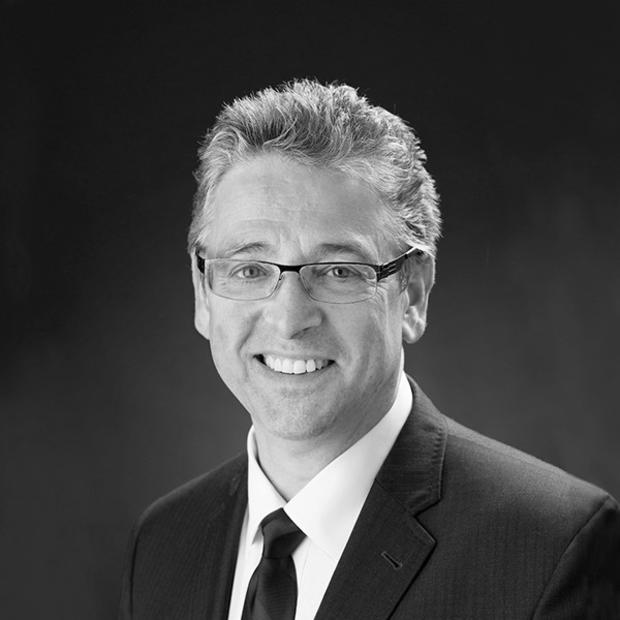The cruise season is upon us, as evidenced by a recent Seattle Times feature on cruising to Alaska. The package highlighted Royal Caribbean's leviathan 5,400-passenger ship, Project Genesis, "big enough to float Central Park." Cruise ship Terminal 91, which the Port of Seattle is building at the base of Magnolia Bluff, is designed to berth such massive vessels next year. Meantime, the arrival of typical ships like the Celebrity Mercury last month kicked off the 2008 cruise season. It was an inauspicious start.
The growth in the cruise industry and the pollution problems that creates is illustrated by Mercury's record. It prompted U.S. Sen. Richard Durbin, D-Ill., to recently introduce the Clean Cruise Ship Act (S. 2881), which would ban discharges in U.S. waters and set federal discharge and monitoring standards offshore. Durban's press release stated: "Cruise ship wastewater threatens the very environments that family vacationers want to visit. Current regulations and voluntary guidelines for the cruise ship industry just aren't good enough."
The senator's efforts are bolstered by findings of Environmental Protection Agency's recently released Draft Cruise Ship Discharge Assessment Report, which found that cruise ship discharges often far exceed federal effluent and water quality standards. Cruise ships calling on Seattle have better sewage treatment than the national average because of requirements of their Alaska destination, but the EPA found that companies could do more to remove metals, chlorine, or nutrients such as ammonia.
The arrival of the Mercury, with a population equivalent to the city of Duvall, was accompanied by Port of Seattle-announced figures asserting that each vessel call generates $1.4 million in economic impact. Much of the actual revenue is generated from provisioning the ship. A 2004 port press release noted that a 2,600-passenger ship goes through 12,000 pounds of beef, 7,500 pounds of seafood, 10,000 pounds of fresh fruit, 4,000 dozen eggs, and 500 gallons of ice cream – per week. But what goes in must come out, and it takes more than just food to accommodate the needs of these floating cities.
Each week, a typical ship generates on average 150,000 gallons of sewage, 1 million gallons of grey water, more than 130 gallons of hazardous waste, 8 tons of solid waste, and 25,000 gallons of oily bilge. Moreover, each week a ship dumps 6,000 gallons of untreated sewage sludge back into the sea. Current law allows this material to be dumped three miles offshore, but cruise lines claim to do so at 12 miles. In addition, cruise ships are breeding grounds for viruses. According to the Centers for Disease Control and Prevention (CDC), in 2006 at least 200 passengers and crew tested positive for the Norovirus aboard the Mercury, and there were 54 cases involving 6,815 people fleetwide that year.
In 2006, the Mercury was fined $100,000 by the Washington State Department of Ecology for 10 discharges on nine separate days. During that time, the ship discharged 542,000 gallons of raw sewage; laundry, sink, and shower water; and accompanying pollutants off Port Angeles. These fish-tainting discharges were revealed when Ecology inspected the ship's records.
The Mercury is not unique, and growth in the cruise industry is significant. In Seattle, cruise traffic has increased from just six ships carrying 6,615 passengers in 1999 to 211 vessels and 835,000 passengers projected for this year. In the absence of strong federal requirements, the Port of Seattle and state Department of Ecology have taken a series of positive steps to begin to address this growing pollution source. The port has made major strides to reduce air pollution by working with Holland America and Princess Cruises to allow them to plug into shore power that also saves fuels costs. Unfortunately, ships calling at Pier 66 on the downtown waterfront continue to burn sulfurous bunker fuel, as do all ships, once they leave the dock.
The Port of Seattle commission also modified the voluntary operating agreement between the cruise lines, the port, and the Department of Ecology to ban the dumping of sewage sludge in the Olympic Coast National Marine Sanctuary. However, vessels are still allowed to discharge treated sewage to surface waters while they're at the dock. This bodes ill for the new beach at the Seattle Art Museum Olympic Sculpture Garden near the new cruise terminal that is being built at Pier 91. Elliott Bay's water quality is already characterized as poor due to very high fecal coliform levels, low oxygen, and limited mixing. It has also long been recognized that Puget Sound has a limited ability to flush itself of wastes and is vulnerable to algae blooms from nutrient inputs during June through September. The Puget Sound Action Team's 2007 State of the Sound report noted, "The increase in cruise ship and recreational boat traffic may lead to establishing no-discharge zones." This is something for the newly created Puget Sound Partnership to champion while awaiting federal legislation that has been called for by the Pew Oceans Commission and the U.S. Commission on Ocean Policy since 2003.
The cruise season will conclude in October, when the Mercury returns to Seattle for four short trips to Victoria and Vancouver. On these trips, it would either have to travel 160 miles out the Strait of Juan de Fuca and back to dump its sludge offshore or do so while in Canada. Fortunately, the Port of Seattle is evaluating its ability to offload sewage sludge at the dock and have King County turn it into compost.
Considering the growth of the cruise industry both locally and nationally, it's time the federal government enacted cruise ship regulations and reporting requirements under the Clean Water Act. Until then, we will continue to work with the port and the state to institute meaningful cruise controls to assure that the growth of this luxury industry is not at the expense of the marine environment and those dependant on it.



